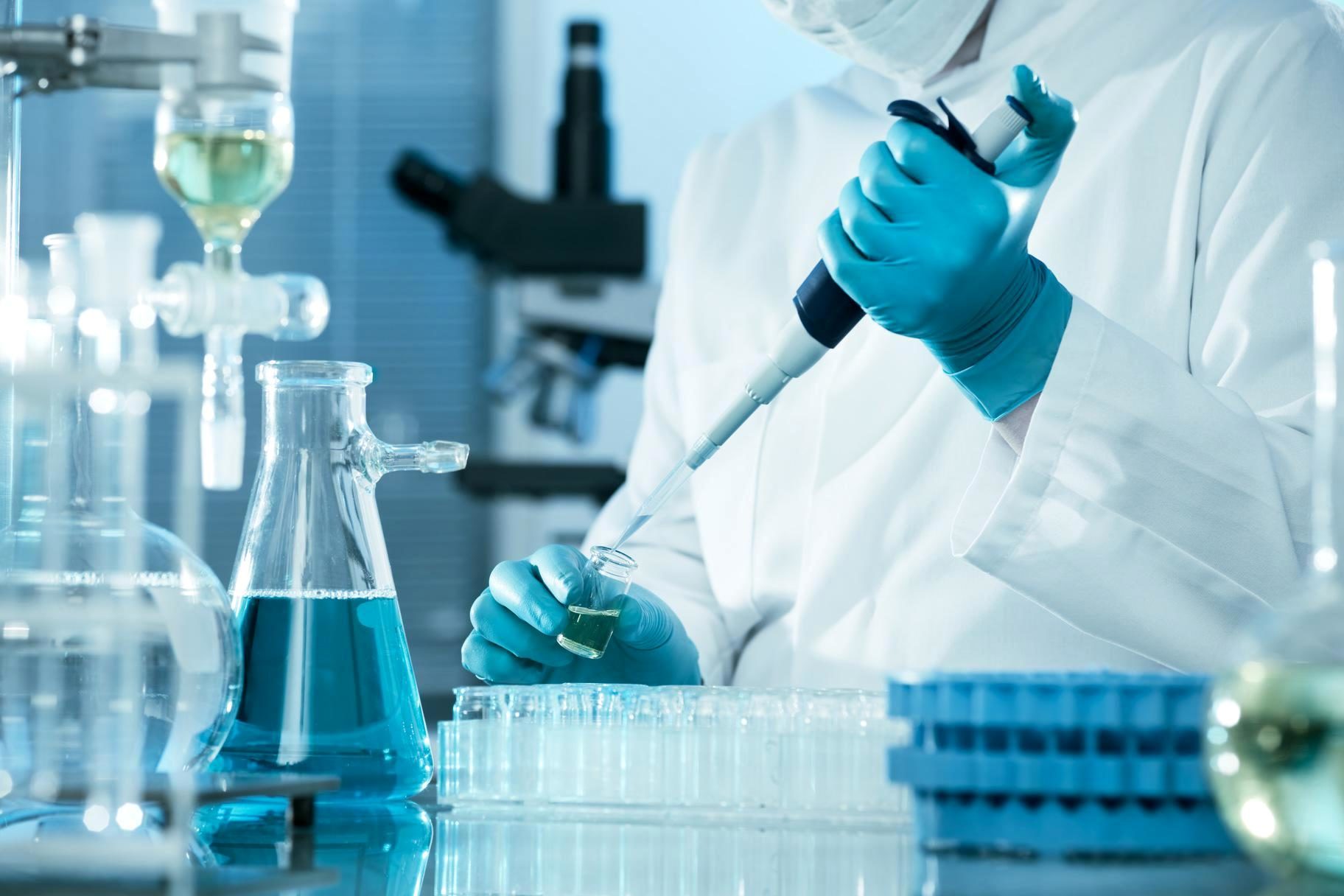SAE J1681 Material Chemical Compatibility Safety Testing for Automotive Fluids
The SAE J1681 standard provides a method to assess the chemical compatibility of materials used in automotive fluids. This testing ensures that components do not react adversely with fluid, thereby maintaining system integrity and preventing potential failures.
Automotive systems are highly integrated, and any material incompatibility can lead to significant performance issues or safety hazards. The SAE J1681 test simulates real-world conditions under which automotive fluids operate, ensuring that the materials used do not degrade over time or react with the fluid in a way that compromises system function.
The testing protocol involves submerging specimens of the candidate material into automotive fluid for an extended period. The test subjects are typically small pieces of the material to be tested, such as rubber seals or metal alloys. The duration and temperature conditions mimic those found in actual use environments. After exposure, the specimens undergo rigorous analysis to check for changes like swelling, shrinkage, discoloration, or signs of chemical attack.
The SAE J1681 test is essential for automotive manufacturers, especially when dealing with fluids that come into direct contact with various materials. These include engine oils, transmission fluids, brake fluid, power steering fluid, and hydraulic fluids. The results are critical in ensuring the longevity of components like seals, gaskets, hoses, and other parts that interact with these fluids.
Failures in material compatibility can lead to costly recalls, safety risks, and reputational damage for automotive companies. By adhering to SAE J1681 standards, manufacturers can preemptively identify potential issues before products reach the market, thus enhancing product quality and reliability.
The test procedure is designed to be stringent yet practical. Specimens are exposed to a range of temperatures that simulate different operating conditions, from cold start-up in sub-zero environments to high-performance operation at elevated temperatures. The fluids used are also selected based on their typical use cases in automotive systems. This approach ensures that the test results accurately reflect real-world performance.
Test Parameters and Specimen Preparation
The specimens for testing must be prepared according to specific dimensions, which vary depending on the type of material being tested. These dimensions are designed to provide consistent surface area exposure to the fluid without causing undue stress on the material. The preparation process typically includes cleaning the specimens with appropriate solvents and drying them thoroughly before submersion.
The testing environment is carefully controlled to ensure accurate results. Temperature and humidity levels are monitored closely, as these factors can significantly influence the rate of chemical reactions between materials and fluids. Specimens are submerged in automotive fluid for a predetermined period, which can range from hours to days depending on the test configuration.
Instrumentation
The testing apparatus used is sophisticated and includes temperature-controlled chambers capable of maintaining precise conditions throughout the testing duration. The chambers also feature humidity control systems to ensure that environmental variables are consistent with real-world operating conditions. Additionally, optical and spectroscopic analysis tools may be employed to assess material changes more accurately.
Acceptance Criteria
The acceptance criteria for SAE J1681 testing are stringent. Materials must show no signs of significant degradation, such as cracking, swelling, or discoloration after exposure to the fluid. Any change in physical properties that could affect performance is unacceptable. The test results are analyzed by a team of experts who compare them against established acceptance limits for each material type.
Real-World Applications
The SAE J1681 standard is widely recognized and accepted within the automotive industry. It plays a crucial role in ensuring that all materials used in automotive fluids are compatible with their intended functions. This compatibility is vital for maintaining system integrity, enhancing vehicle performance, and ensuring driver safety.
International Acceptance and Recognition
- The SAE J1681 standard is recognized by major automotive manufacturers worldwide.
- It has been adopted by various national standards bodies such as ISO, ASTM, and EN for fluid compatibility testing.
- Many countries use the results of this test to ensure compliance with local regulations governing automotive safety.





